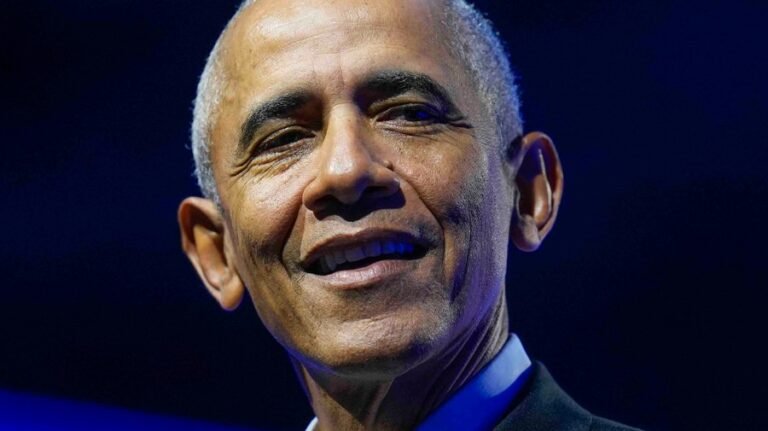
The rate of U.S. adults who are happy with the quality of K-12 education has hit an all-time low, according to recent polling data, but a curious phenomenon shows up when the spotlight is on parents.
Parsing education data into snack-sized servings.
Specifically, parents by and large are happy with the quality of education that their own children receive, even if they are only slightly more optimistic about public schooling overall when compared to all adults.
A new low of 35 percent of adults told Walton Family Foundation-Gallup pollsters that they are satisfied with the quality of education that children in K-12 receive in the U.S., which is eight percentage points lower than last year. It’s the lowest satisfaction rate since Gallup started asking the question in 1999.
When it comes to their own kids, 74 percent of parents said they were satisfied with the education that their oldest child is receiving. Among parents, 39 percent were satisfied with the quality of K-12 education in the U.S. as a whole.
It’s a phenomenon that researchers see over and over, Megan Brenan says. She’s a senior editor at Gallup and author of the analysis. Even beyond the data about education quality, people are likely to opine that crime rates, health care or lawmakers are doing poorly — but say that crime in their community, their health care quality or their own representatives are fine.
What did come through the data was political stratification. The latest drop in education satisfaction was driven mostly by Democrats following the start of the second Trump administration, similar to a drop in Republican satisfaction that occurred during the Biden presidency.
“We asked people who said they were dissatisfied with education in the U.S, what are the main reasons why you’re dissatisfied?” Brenan explains. “We got a lot of ‘curriculum,’ ‘indoctrination’ — that kind of a political lean to it. We also had, ‘It’s poor quality,’ ‘Other countries are much better than us.’ These are the things that kind of rose to the top there.”
William Jeynes, a professor of teacher education at California State University, Long Beach, predicts that analysts will always see a difference in responses between how people perceive the country’s education quality compared to their children’s experience.
One factor is that the task of improving education quality at a national level can feel like an insurmountable challenge, he adds, particularly when the U.S. spends more on education per student than other developed countries but doesn’t see the same results. Americans have been hearing about falling test scores for decades, perhaps most notably from the ’60 to the ’80s, when SAT scores fell for 17 consecutive years.
“A majority of the explanation is that when it comes down to their own children, parents do not have a sense of helplessness or learned helplessness,” Jeynes says. “Most of them will say, ‘I have a good enough relationship with the teacher and maybe even the principal that if I have concerns or suggestions for improvement, I will have a listening ear.’”
Jonathan E. Collins, assistant professor of political science and education at Columbia University, agrees that the chasm between what Americans feel toward education quality in general versus their children’s education is a long-standing trend. What’s new, however, is the width of that chasm.
“It does raise questions as to what’s creating this new distance, and it’s hard not to see the fact that education has become so politicized as being at least one of the primary reasons why,” Collins offers. “When it came to schools and education, politics was always more on the periphery. Now it’s at the center, and I think people have gotten a taste of politics mixed into their schools, and they don’t like that taste.”
He points to a history of bipartisan support for improving education, like the No Child Left Behind Act signed by President George W. Bush and the Every Student Succeeds Act (ESSA) signed by President Barack Obama.
“[ESSA] was a bipartisan act that actually gave more power to the states, which is a trademark ideological move of Republicans,” Collins explains. “So it’s been hard to see what’s red and what’s blue with education, really up until the end of the first Trump administration in 2019 with the Patriotic Education Commission, the attack on the 1619 Project, and this growing war on critical race theory that’s evolved into this overall attack on K-12 education and higher ed.”
The Gallup data shows that the percentage of Democrats who were satisfied with K-12 education quality spiked to a record high of 63 percent in 2021 when President Joe Biden took office, while tumbling that year from 50 percent to 34 percent among Republicans. Satisfaction is now lower among both groups, with 42 percent of Democrats and 29 percent of Republicans saying they’re satisfied with education quality in 2025.
While political alignment appears to influence when Americans feel more positive or more negative about K-12 education, Jeynes says that the quality of education doesn’t fluctuate by much from one presidential administration to the next.
“[Test scores] may go up because of the president two or three years before,” he says. “We need to put aside whatever our belief system is and make for a better education system no matter who is in office and realize these are bipartisan issues. Who wants lower scores?”
Republicans successfully seized on parents’ unhappiness with education quality during the pandemic and turned it into their “parents rights” platform, which rallied voters around hot-button topics like critical race theory.
“When I see this poll, and I see these responses, especially this deep decline in satisfaction, it makes me suspect that we’re gonna continue to see education as an issue play a major role in state and federal campaigns and elections,” Collins says. “I think we should be also looking for the results of this poll to be the seed of something that grows into major debates that occur in the midterm elections coming up next year, and possibly even setting the stage for the next presidential election in ’28. So don’t be surprised if this doesn’t go away.”





